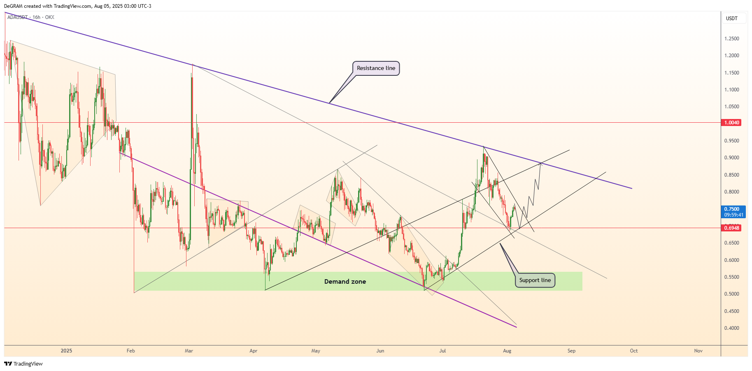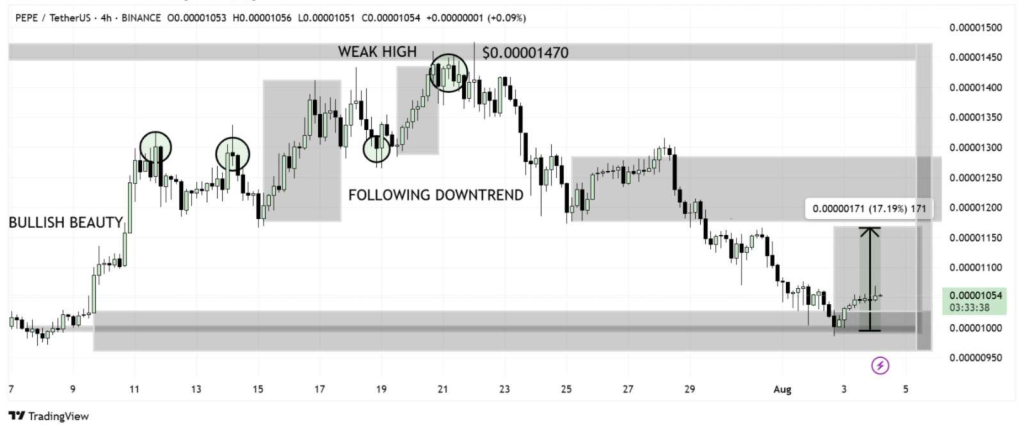
The crypto market is still facing capitulation as most digital currencies are reversing the selloffs registered in the past week. The price of Bitcoin (BTC) remains in the spotlight as the combined crypto market capitalization jumped 2.44% to $2.76 trillion. With sellers quietly exiting the market, whether the underlying factors can sustain the current outlook remains unknown.
Crypto Market Rebound, Here’s The Trigger
Uncertainty has defined the trajectory of the most assets thus far this month as top coins dropped to their lowest levels this year. While Bitcoin’s price has shown strength, it fell to a low of $76,624.24 before reclaiming the $80,000 mark according to CoinMarketCap data.
Altcoins like Ethereum (ETH) and Solana (SOL) also dropped to new multi-week lows earlier in the month. While Ethereum fell to a monthly low of $1,760.94, Solana bears dragged the coin down to a $113 low. As it stands, BTC and altcoins have bounced off key support, which was formed at their respective monthly lows.
Since the Digital Asset Summit earlier in the week, the crypto market has not witnessed any bearish negative news. Rather, investors are digesting the Trump promise of stablecoin legislation from Congress and a BTC reserve confirmation.
On the macroeconomic level, mainstream media updates regarding the tariff war have toned down, giving the stock market room to recover.
More Selloff Ahead for Bitcoin Price?
At the time of writing, the BTC price had changed hands for $84,295.18, up 2.4% in 24 hours. The coin has pared off the losses incurred in the past week. However, the BTC price still maintains its 30-day loss of 14.27%.
At the moment, shorter-term headwinds in the market are cleared, with ETF investors returning to the scene. Per an earlier CoinGape report, spot Bitcoin ETFs scored an inflow of $785 million after a tumultuous 7-day trend.
Unlike a typical weekend in the industry known for its volatility, BTC prices show stability. Should the positive regulatory shift continue, Bitcoin might turn the $84,000 level into sustainable support.
Where is the Crypto Market Heading?
The current bullish outlook also extends to other altcoins. Per an earlier Solana price analysis, the prospect of a $1000 breakout was explored as the coin formed a parabolic base.
XRP is also in the spotlight following the Ripple and SEC lawsuit resolution, which has carved a positive growth path for it. While most analysts have different price projections for top coins, including Cardano and Dogecoin, the visible outlook shows a tempered selloff for now.
The post Why Is the Crypto Market Up Today? Will Bitcoin Price Crash Again? appeared first on CoinGape.








